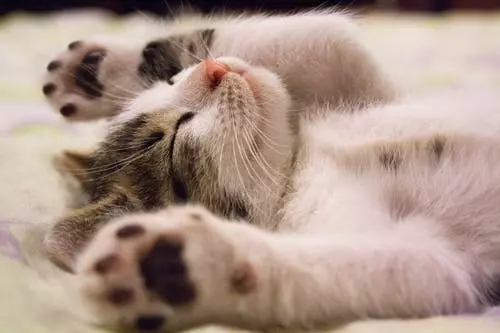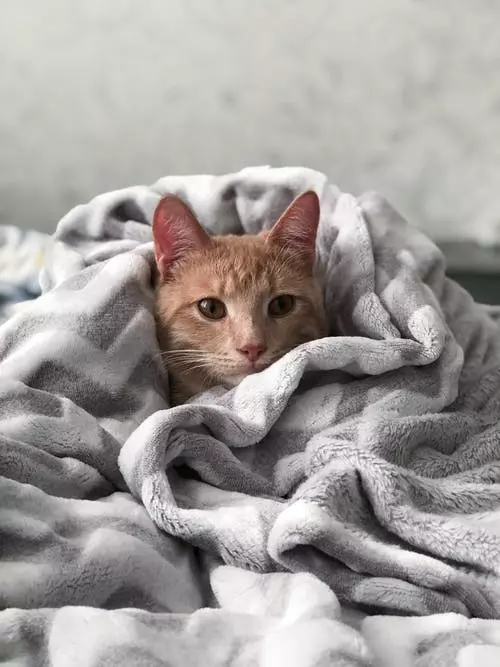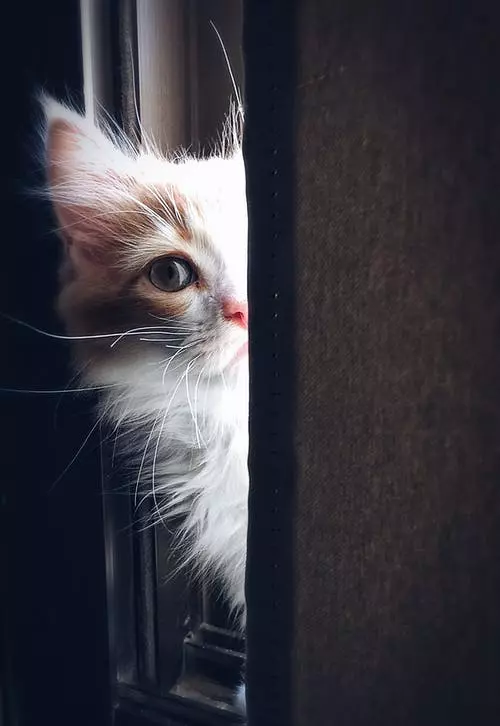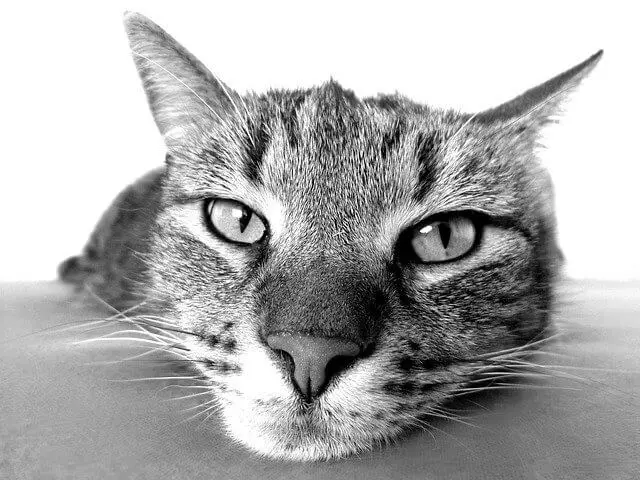Header: Decoding Attention-Seeking Meows: A Comprehensive Guide to Understanding Your Cat’s Behavior
Introduction:
Cats are known for their unique vocalizations, and one of the most common ways they communicate with us is through meowing. While some meows may seem playful or affectionate, others are specifically designed to grab our attention. In this article, we will delve into why cats engage in attention-seeking meows, explore various underlying reasons, and provide valuable tips on how to respond to your feline friend’s vocal requests. So, let’s begin unraveling the mystery behind those attention-seeking meows!
Header: The Science behind Attention-Seeking Meows: Unraveling the Motivations
1. Seeking Human Interaction:
Understanding Your Cat’s Social Needs: Cats are social animals and crave interaction with their human companions. Attention-seeking meows can be a way for them to initiate social engagement.
The Role of Bonding in Attention-Seeking Behaviors: Cats may meow to strengthen the bond with their owners. By responding to their meows, you reinforce the connection between you and your cat.
How Cats Use Meowing to Initiate Interaction: Cats may meow when they want to play, be petted, or simply have your attention. Understanding their specific cues can help you respond appropriately.
2. Physical and Emotional Needs:
The Connection between Hunger and Meowing: Cats may meow to communicate their hunger. Establishing a regular feeding schedule can help minimize excessive meowing related to food.
Thirst, Discomfort, or Pain: Identifying Physical Discomfort: Cats may meow when they are thirsty, uncomfortable, or in pain. Paying attention to other signs of distress, such as changes in behavior or grooming habits, can help identify underlying issues.
Emotional Distress: Loneliness, Anxiety, or Boredom: Cats may meow when they feel lonely, anxious, or bored. Providing them with companionship, environmental enrichment, and mental stimulation can help alleviate attention-seeking behaviors.
3. Environmental Factors:
Territory Marking: Meowing as a Sign of Ownership: Cats may meow to mark their territory, especially if they feel threatened or want to establish dominance. Understanding their need for security and providing a safe environment can help reduce territorial meowing.
Adapting to Change: Meowing Due to Stress or Fear: Cats may meow more frequently when they are stressed or fearful due to changes in their environment. Creating a calm and comforting space can help them feel more secure.
Environmental Enrichment: Reducing Attention-Seeking Meows with Stimulation: Providing your cat with toys, scratching posts, and interactive playtime can help redirect their attention and reduce attention-seeking meows.
Header: Responding to Attention-Seeking Meows: Effective Strategies
1. Rule Out Underlying Health Issues:
Consulting a Veterinarian: Addressing Potential Medical Conditions: If your cat’s meowing is excessive or out of character, it’s important to consult a veterinarian to rule out any underlying health issues.
Age-Related Changes: Understanding Meowing in Senior Cats: Older cats may experience age-related changes that can contribute to increased meowing. Regular check-ups and adjustments to their care routine can help address these changes.
The Importance of Regular Check-ups: Regular veterinary check-ups can help ensure your cat’s overall health and well-being, and address any concerns related to attention-seeking meows.
2. Establish a Routine:
Consistency and Predictability: Creating a Calming Environment: Cats thrive on routine and predictability. Establishing consistent daily routines can help create a calming environment for your cat.
Regular Feeding Schedule: Minimizing Hunger-Related Meowing: Setting a regular feeding schedule can help minimize hunger-related meowing. Providing appropriate portion sizes can help keep your cat satisfied.
Playtime and Exercise: Channeling Energy Appropriately: Engaging in regular playtime and exercise sessions can help channel your cat’s energy and provide mental and physical stimulation, reducing attention-seeking meows.
3. Positive Reinforcement:
Rewarding Desired Behavior: Encouraging Silence: Rewarding your cat when they are quiet and not meowing excessively can help encourage desired behavior and reinforce silence.
Clicker Training: Teaching Cats Alternative Communication Methods: Clicker training can be used to teach cats alternative communication methods, such as touching a specific object or using a specific behavior to get your attention instead of meowing.
Ignoring Unwanted Meows: Breaking the Cycle: It’s important to avoid reinforcing unwanted meowing by not giving in to your cat’s demands. Ignoring the meowing can help break the cycle and discourage attention-seeking behavior.
FAQs (Frequently Asked Questions):
Q1: Are certain cat breeds more prone to attention-seeking meows?
Q2: My cat meows excessively every morning. What could be the reason behind this behavior?
Q3: Should I give in to my cat’s attention-seeking meows?
Q4: Can spaying or neutering affect attention-seeking meows?
Q5: Is it possible to train cats to reduce attention-seeking meows?
Q6: My cat’s meowing has suddenly increased. Should I be concerned?
Conclusion:
Understanding the motivations behind attention-seeking meows is crucial for maintaining a harmonious relationship with your feline companion. By identifying the underlying reasons, addressing their needs, and using positive reinforcement techniques, you can effectively respond to these vocal requests. Remember, patience and consistent effort will go a long way in helping your cat feel understood and content. So, the next time your cat emits an attention-seeking meow, you’ll be equipped with the knowledge to provide the appropriate response!








